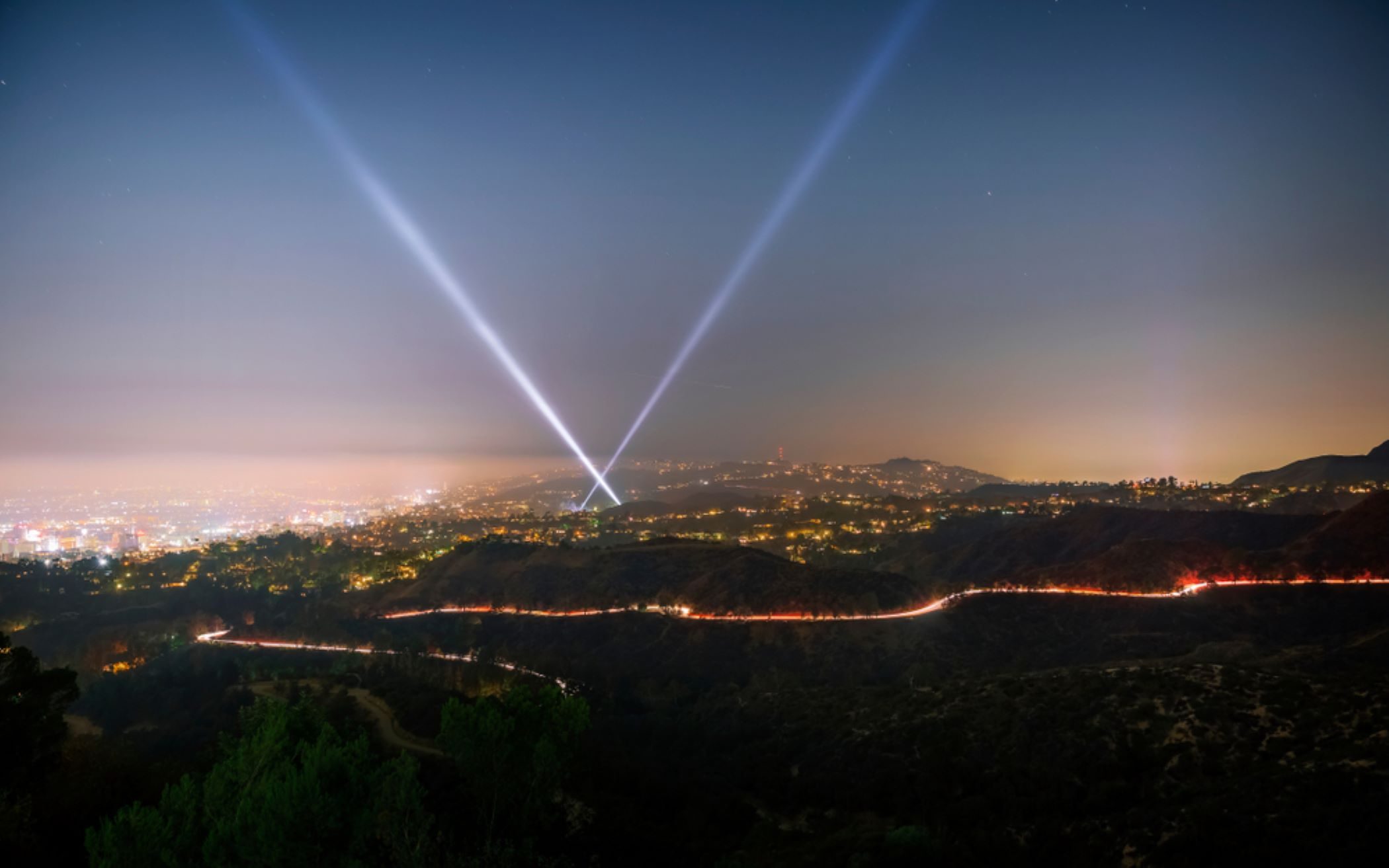
How Los Angeles Has Recovered From Disasters
Los Angeles, often admired for its glitz and glamour, has also endured the tumultuous forces of nature. From earthquakes to wildfires, the city’s recovery efforts have been remarkable. Despite the challenges, Los Angeles has demonstrated resilience and innovation in rebuilding its communities. Here is a look into how Los Angeles has recovered from natural disasters.
Earthquake Preparedness
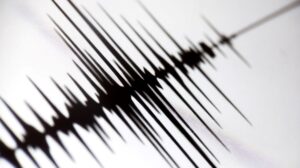 Los Angeles, nestled along the volatile Pacific Ring of Fire, has long recognized the urgency of earthquake preparedness. With a history of seismic activity, the city has enacted stringent building codes to ensure structural integrity. Retrofitting older structures and mandating resilient designs for new constructions have become central strategies.
Los Angeles, nestled along the volatile Pacific Ring of Fire, has long recognized the urgency of earthquake preparedness. With a history of seismic activity, the city has enacted stringent building codes to ensure structural integrity. Retrofitting older structures and mandating resilient designs for new constructions have become central strategies.
Public awareness campaigns stress the importance of emergency kits, evacuation plans, and family communication. The city has also established an early warning system, providing crucial seconds for residents to seek cover. Collaborations between government agencies, researchers, and technology experts have led to innovative earthquake prediction and response tools.
Regular drills and simulations involving schools, businesses, and communities contribute to readiness. Earthquake preparedness, deeply ingrained in the city’s psyche, reflects Los Angeles’ commitment to safeguarding its inhabitants and minimizing potential devastation.
ABC Moving Systems has significant experience dealing with post-earthquake moving and storing. In fact, after the 1994 Northridge earthquake, ABC Moving Systems helped relocate hundreds of people that were impacted.
Wildfire Management
- Early Detection Systems: Los Angeles employs advanced technologies, including drones and satellite monitoring, for timely wildfire
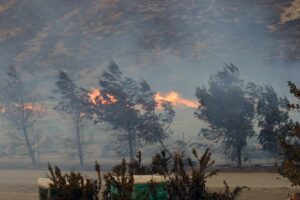 detection.
detection. - Vegetation Management: Strategic removal of excess vegetation and controlled burns help reduce fuel loads, curbing fire intensity.
- Community Planning: Zoning regulations require fire-resistant construction materials and defensible spaces around homes.
- Emergency Response: Integration of firefighting resources from various agencies ensures swift and coordinated responses.
- Public Education: Outreach campaigns inform residents about evacuation plans, creating a vigilant and prepared population.
- Mutual Aid Agreements: Collaborations with neighboring regions facilitate resource sharing during intense fire seasons.
- Air Quality Monitoring: Smoke and air quality monitoring systems aid in issuing health advisories and evacuation orders.
- Research and Innovation: Partnerships with universities and research centers drive advancements in fire prediction and suppression methods.
These comprehensive measures have fortified Los Angeles against wildfires, fostering a proactive approach to mitigating their impact and facilitating faster recovery.
Infrastructure Resilience
 In the wake of natural disasters, Los Angeles has exemplified a commitment to enhancing its infrastructure resilience.
In the wake of natural disasters, Los Angeles has exemplified a commitment to enhancing its infrastructure resilience.
Reinforcing critical lifelines such as bridges, roads, and utilities has been a priority. Incorporating earthquake-resistant designs and materials into new constructions helps withstand seismic forces. Additionally, retrofitting older infrastructure with updated technologies ensures their functionality during emergencies.
Collaborations between engineering experts and emergency response agencies facilitate the development of innovative solutions, like flexible and adaptive infrastructure.
The city’s investment in flood control systems, including robust drainage networks and floodplain mapping, has minimized flood-related damages. Furthermore, the incorporation of smart technology, such as sensors that monitor structural health, supports real-time decision-making in disaster scenarios.
Los Angeles’ dedication to infrastructure resilience not only expedites recovery but also creates a more resilient urban landscape capable of withstanding the challenges posed by nature. ABC Moving Systems has over 30 years experience in the L.A. area reacting to the whims of Mother Nature.
Community Engagement
- Neighborhood Networks: Los Angeles has fostered community networks to promote disaster preparedness, response, and recovery.
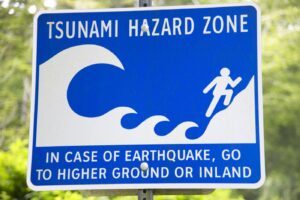
- Educational Workshops: Regular workshops empower residents with knowledge about evacuation plans, emergency kits, and first aid.
- Volunteer Mobilization: Community members actively participate in disaster relief efforts, aiding in recovery and support activities.
- Cultural Sensitivity: Outreach campaigns are tailored to diverse populations, ensuring inclusivity and effective communication.
- Collaborative Platforms: Online forums and apps facilitate information sharing, connecting neighbors and resources during crises.
- Community Resilience Centers: Dedicated centers offer resources, training, and support to enhance local disaster resilience.
- Youth Involvement: Educational programs engage young residents, fostering a culture of preparedness and responsibility.
- Local Leadership: Neighborhood leaders act as liaisons between communities and official agencies, streamlining assistance and information flow.
Through robust community engagement, Los Angeles empowers its residents to be active contributors to disaster recovery efforts, creating a stronger and more unified city. This engagement is one of the main ways how Los Angeles has recovered from natural disasters.
Emergency Response Systems
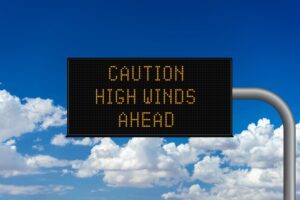 Los Angeles has undergone a transformative shift in its approach to emergency response systems, crucial in the aftermath of natural disasters.
Los Angeles has undergone a transformative shift in its approach to emergency response systems, crucial in the aftermath of natural disasters.
The city has invested in cutting-edge technologies that streamline communication between agencies. Integration of GIS mapping aids in resource allocation and swift decision-making during crises. Real-time monitoring systems, such as traffic cameras and weather sensors, enable proactive responses.
The establishment of dedicated emergency operation centers ensures coordination and information sharing among various entities. Cross-training of emergency personnel facilitates a versatile response to diverse scenarios.
The city’s 311 service acts as a single point of contact for non-emergency inquiries, reducing pressure on 911 lines. Additionally, Los Angeles leverages social media platforms for real-time updates and public engagement during disasters.
These improvements in emergency response systems have elevated Los Angeles’ capacity to swiftly recover from natural disasters and protect its residents effectively.
ABC Moving Systems knows it is crucial to co-ordinate with city facilities during the emergency situations that can arise in Los Angeles.
Environmental Conservation
- Green Infrastructure: Los Angeles embraces green spaces, urban forests, and permeable surfaces to manage stormwater and reduce
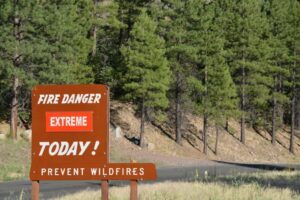 runoff.
runoff. - Ecosystem Restoration: Efforts to restore native habitats and biodiversity aid in preventing erosion and enhancing natural resilience.
- Fire-Adaptive Landscaping: Communities adopt fire-resistant plants and landscaping designs to mitigate wildfire risks.
- Waste Management: Recycling programs and waste reduction initiatives promote sustainable practices post-disaster.
- Renewable Energy Integration: Expansion of renewable energy sources reduces reliance on traditional power grids during recovery.
- Sustainable Rebuilding: Utilization of eco-friendly construction materials and techniques minimizes environmental impact.
- Public Education: Campaigns inform residents about conservation’s role in disaster prevention and recovery.
- Collaboration with NGOs: Partnerships with environmental organizations amplify conservation efforts and community engagement.
Los Angeles’ commitment to environmental conservation harmonizes disaster recovery with long-term ecological sustainability, ensuring a resilient and thriving urban ecosystem.
Technological Advancements
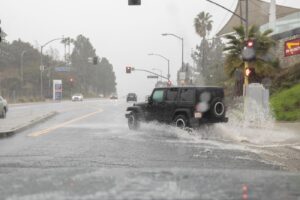 Los Angeles has harnessed technological innovation to fortify its recovery efforts from natural disasters.
Los Angeles has harnessed technological innovation to fortify its recovery efforts from natural disasters.
The integration of advanced modeling and simulation tools enables accurate prediction of disaster impacts.
Geographic Information Systems (GIS) aid in mapping vulnerable areas, optimizing resource allocation, and facilitating swift response.
Drone technology provides aerial assessments, guiding rescue and recovery teams to inaccessible locations.
Remote sensing techniques monitor environmental changes, aiding in early warning systems.
Artificial Intelligence (AI) algorithms process vast data sets for rapid decision-making during crises.
The Internet of Things (IoT) networks enable real-time monitoring of critical infrastructure’s health and functionality.
Mobile apps and social media platforms engage citizens in disaster reporting and crowd-sourced assistance.
These technological strides have transformed Los Angeles’ disaster management landscape, enhancing its resilience and reducing recovery times, which is a perfect example of how Los Angeles has recovered from disasters.
Economic Recovery Initiatives
- Business Support Programs: Los Angeles offers financial aid and resources to help businesses rebuild and reopen after disasters.

- Insurance Partnerships: Collaboration with insurers facilitates prompt claims processing and financial relief for affected businesses.
- Job Training: Economic recovery efforts include job training programs to support displaced workers in finding new employment.
- Infrastructure Investment: Rebuilding damaged infrastructure stimulates job creation and accelerates overall recovery.
- Small Business Assistance: Low-interest loans and grants assist small businesses in recovering operational capabilities.
- Tourism Promotion: Marketing campaigns attract visitors, revitalizing the tourism sector and boosting the local economy.
- Public-Private Partnerships: Collaboration between government and private sectors fosters joint investment in recovery initiatives.
- Innovation Incentives: Initiatives encourage tech-driven solutions, fostering growth in emerging industries during recovery.
Through these economic recovery initiatives, Los Angeles not only rebuilds its physical infrastructure but also bolsters its economic foundation, ensuring long-term prosperity. ABC Moving Systems has seen the city become very proactive in its economic recovery initiatives.
How Los Angeles Has Recovered From Natural Disasters – An Overview:
Los Angeles stands as a testament to human adaptability and unity in the face of adversity. Through strategic planning, community collaboration, and advancements in various fields, the city has bounced back from natural disasters, reinforcing its status as a beacon of strength and renewal.

